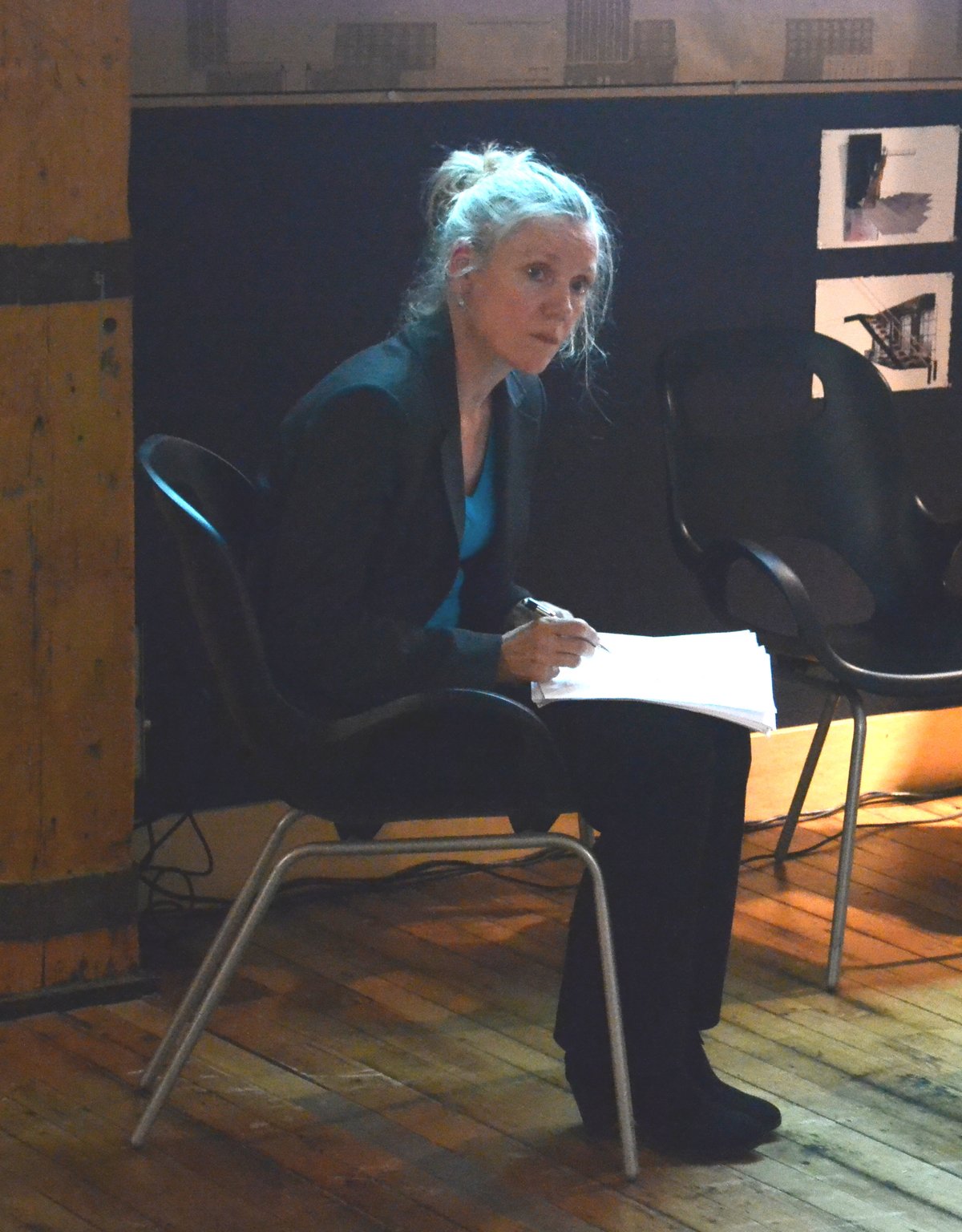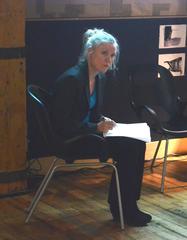
York University Visiting Hours, Tickets, and Guide to Toronto Historical Sites
Date: 14/06/2025
Introduction: York University’s Role in Toronto’s Educational and Cultural Landscape
York University, situated in Toronto, Canada, is one of the nation’s most prominent and diverse research universities. Established in 1959, York has grown into a multi-campus institution known for its academic excellence, innovative programs, and vibrant campus culture. With its origins at Falconer Hall and Glendon College—emphasizing bilingual liberal arts—York expanded to include the sprawling Keele Campus and the cutting-edge Markham Campus. Today, the university is a hub for history, culture, and urban exploration, offering visitors the chance to experience both historical significance and modern campus life.
York University is fully accessible and open to the public, with extended visiting hours and convenient access via Toronto’s public transit system, including a dedicated TTC subway stop at Keele Campus. Its welcoming environment is complemented by cultural festivals, public lectures, and guided tours, making it a worthwhile destination for tourists, prospective students, and residents alike. Nearby attractions such as Black Creek Pioneer Village and Downsview Park further enhance the visitor experience. For up-to-date details on schedules, tours, and special events, consult the official university resources (York University Official History, York University Visitor Information).
Table of Contents
- Welcome to York University: A Premier Destination in Toronto
- Historical Overview
- Visitor Information
- Unique Features and Visitor Experiences
- Architectural and Cultural Heritage
- Frequently Asked Questions (FAQ)
- Conclusion
- References and Further Reading
Welcome to York University: A Premier Destination in Toronto
York University is not only an academic powerhouse but also a standout destination for those interested in history, architecture, and Toronto’s multicultural spirit. Its campuses offer scenic green spaces, unique architectural landmarks, and a robust calendar of community events.
Historical Overview
Founding and Early Years
York University was established in 1959 as a non-denominational institution to meet Ontario’s post-war demand for accessible higher education. The inaugural classes began in 1960 at Falconer Hall, University of Toronto, before moving to Glendon College, which prioritized bilingual and liberal arts education as a foundation for York’s diverse student body.
Expansion and Development
During the 1960s and 1970s, York opened its Keele Campus in North York, now a 550-acre center of student activity. The university’s multi-campus structure includes Glendon, Atkinson College, and the more recent Markham Campus, which focuses on innovation and entrepreneurship.
Academic Growth
Now Canada’s third-largest university, York boasts more than 55,700 students and 11 faculties spanning over 200 programs. The university is especially noted for its strengths in business, law, engineering, health sciences, digital media, and the arts. Its motto, “Tentanda Via” (“The Way Must Be Tried”), embodies York’s pioneering ethos.
Social Impact
York University is a leader in social justice, diversity, and community engagement. With a highly international student population, it acknowledges and respects the Indigenous territories on which its campuses are situated. Its alumni network features Nobel laureates and prominent figures across multiple fields.
Visitor Information
Visiting Hours and Admission
- Hours: Monday–Friday, 8:00 AM–8:00 PM; Weekends, 9:00 AM–5:00 PM
- Admission: Free to explore campus grounds. Some facilities and special events may require tickets or pre-registration—check current listings on the official website.
Accessibility
York University prioritizes accessibility, offering wheelchair-accessible entrances, elevators, and restrooms throughout all campuses. Accessible parking is available, and assistance can be arranged for visitors with disabilities.
Travel and Parking Tips
- Public Transit: The TTC subway’s York University station provides direct access to the Keele Campus. Multiple bus routes also serve all campuses.
- Driving: Paid parking lots are available—review campus maps and parking rates in advance.
- Cycling: Bike racks are widely available for visitors.
Nearby Attractions
- Black Creek Pioneer Village: A living history museum adjacent to Keele Campus.
- Downsview Park: A large urban park with walking trails and event spaces.
- North York Neighborhoods: Diverse dining and shopping options within easy reach.
On campus, enjoy cafés, bookstores, art galleries, and green spaces perfect for relaxation and photography.
Unique Features and Visitor Experiences
- Guided Tours: Walking tours are available, highlighting both historical and contemporary architecture, public art, and green spaces across Keele and Glendon campuses.
- Photo Opportunities: Notable sites include the Bergeron Centre for Engineering Excellence and the Ross Building.
- Special Events: Year-round lectures, cultural festivals, and open events welcome the public.
- Virtual Tours: For remote visitors, interactive campus maps and virtual tours are accessible online.
Architectural and Cultural Heritage
York’s campuses showcase a compelling mix of historical and modern architecture. Glendon’s heritage buildings and lush grounds contrast with Keele’s state-of-the-art research facilities and vibrant student spaces. The university’s multicultural ethos is celebrated throughout the year with public events, art installations, and festivals.
Frequently Asked Questions (FAQ)
Q: Is there an admission fee to visit York University?
A: No, the campus is open to the public free of charge. Some events or restricted areas may require tickets.
Q: What are the university’s visiting hours?
A: Typically Monday–Friday 8:00 AM–8:00 PM, weekends 9:00 AM–5:00 PM. Confirm current hours before visiting.
Q: Is the campus accessible for visitors with disabilities?
A: Yes, accessible facilities and parking are available throughout all campuses.
Q: How do I get to York University by public transit?
A: The TTC subway’s York University station serves the Keele Campus directly. Multiple bus routes also connect to all campuses.
Q: Are guided tours offered?
A: Both in-person and virtual tours are available. Reserve through the York University website.
Q: What are some nearby attractions?
A: Black Creek Pioneer Village, Downsview Park, and North York’s cultural neighborhoods.
Conclusion
York University is a dynamic destination that blends education, history, culture, and community. Whether you’re a history buff, a prospective student, or a tourist seeking Toronto’s hidden gems, York offers an enriching experience. Its accessible campuses, engaging programming, and proximity to other historical sites make it a must-visit in Toronto.
For personalized travel planning and the latest updates, download the Audiala app and visit York’s official channels.
References and Further Reading
- York University Official History
- York University Visitor Information
- York University International Handbook
- York University Campus Maps and Virtual Tours
Discover the Historic Richmond Hill Monument: A Toronto Historical Gem
Overview and Significance
The Historic Richmond Hill Monument, located at 10114 Yonge Street, is a landmark that honors the community’s founding settlers and its transformation from a rural village to a vibrant suburban center. Set within a beautifully landscaped park, the monument is a popular destination for history enthusiasts exploring Toronto’s heritage.
Visiting Hours and Accessibility
- Hours: Daily, 8:00 AM–8:00 PM
- Accessibility: Wheelchair accessible with paved walkways and seating. York Region Transit buses connect the site to Toronto, and free parking is available nearby.
Tickets and Admission
Admission to the Richmond Hill Monument site is free. Guided tours and special events require advance booking via the Richmond Hill Heritage Society website, especially during peak tourist seasons.
What to See and Do
- Monument Features: A bronze statue representing Richmond Hill’s first settlers, with plaques detailing the town’s history.
- Walking Tours: Explore the area’s historical sites, including the Richmond Hill Heritage Centre and preserved 19th-century homes.
- Events: Festivals, re-enactments, and craft fairs bring the site to life throughout the year.
Getting There
Easily accessible by car or public transit. Regional buses stop nearby, and ample free parking is available.
Nearby Attractions
- Richmond Hill Heritage Centre: Museum and educational exhibits
- Richmond Green Sports Centre and Park: Recreational facilities and walking trails
- Toronto Historical Sites: Combine your visit with sites such as the Distillery District, Fort York, and Spadina Museum.
FAQ
Q: Are guided tours offered?
A: Yes, available on weekends and during special events. Book in advance.
Q: Is there an admission fee?
A: No, the site is free to visit; only special events may require tickets.
Q: Is the site accessible?
A: Yes, with paved pathways and accessible facilities.
Q: Is the site family-friendly?
A: Absolutely; there are open spaces and family programs during events.
Plan Your Visit
Enhance your experience with the Audiala app, offering interactive maps, audio guides, and real-time event notifications.
Information is current as of June 14, 2025. For the latest updates, consult the Richmond Hill Heritage Society.
Samuel Smith Monument: A Historical Landmark in Toronto
Introduction
The Samuel Smith Monument, located at 123 Heritage Street, Toronto, ON, M5V 2B7, is a significant testament to the city’s early development and cultural heritage. Honoring Samuel Smith, a key 19th-century businessman and philanthropist, the monument is a destination for anyone interested in Toronto’s history and architecture.
History and Significance
Erected in 1890, the monument features detailed sculptures and inscriptions highlighting Samuel Smith’s contributions—from trade route development to community philanthropy. As a designated City of Toronto heritage site, it exemplifies Victorian-era artistry and civic pride.
Visiting Hours and Location
- Hours: Daily, 8:00 AM–8:00 PM
- Best Times: Spring and autumn for pleasant weather and vibrant scenery
Accessible by public transit, with Heritage Street Station serving as the nearest stop.
Ticketing and Admission
Visiting the monument is free. No tickets are needed for general access; guided tours and special events may require pre-registration (City of Toronto Heritage).
Getting There
- Transit: TTC buses and streetcars (routes 506 Carlton, 75 Sherbourne)
- Driving: Limited on-site parking; public garages nearby
- Cycling/Walking: Bike routes and pedestrian paths lead directly to the monument
Accessibility
The monument and surrounding park are wheelchair accessible, with paved paths and nearby accessible parking. Contact the City of Toronto Heritage Accessibility Office for assistance.
Events and Activities
- Annual Heritage Day (June): Guided tours, historical reenactments, and workshops
- Photography Contests: Capture the monument’s beauty throughout the year
- Community Gatherings: Celebrate Toronto’s diverse heritage with music and art
Check the City of Toronto Events Calendar for the latest activities.
Nearby Attractions
- Toronto History Museum
- Old City Hall
- The Distillery Historic District
These sites offer further insights into Toronto’s rich narrative.
Photography Tips
Best lighting occurs in early morning or late afternoon. Personal photography is welcome; professional shoots require permission from the city.
FAQ
Q: Is there an admission fee?
A: No, visiting is free.
Q: Are guided tours available?
A: Yes, seasonally—advance booking recommended.
Q: Is the site accessible?
A: Yes, including accessible parking and paths.
Q: Can I hold events or professional photo sessions?
A: Yes, with prior permission from the City of Toronto.
Q: When is the best time to visit?
A: Spring and autumn are ideal for weather and scenery.
Learn More
- Heritage Toronto
- City of Toronto Heritage Preservation
- Follow @HeritageToronto on social media
Download the Heritage Toronto app for maps, audio tours, and event notifications. Share your visit with #SamuelSmithMonument.
Key Information for Travelers: Visiting York University
York University is a cornerstone of Toronto’s cultural landscape, offering an inclusive, accessible, and rich visitor experience. Open during extended hours with both guided and virtual tours, the campus is easily reachable and features nearby attractions such as Black Creek Pioneer Village and North York neighborhoods. Whether you’re interested in history, architecture, or campus life, York’s blend of tradition and innovation makes it a must-visit in Toronto.
For personalized planning, use the Audiala app and stay updated via official channels (York University Campus Maps and Virtual Tours, York University International Handbook).
References
- York University Official History
- York University Visitor Information
- York University International Handbook
- York University Campus Maps and Virtual Tours



























































































































































































